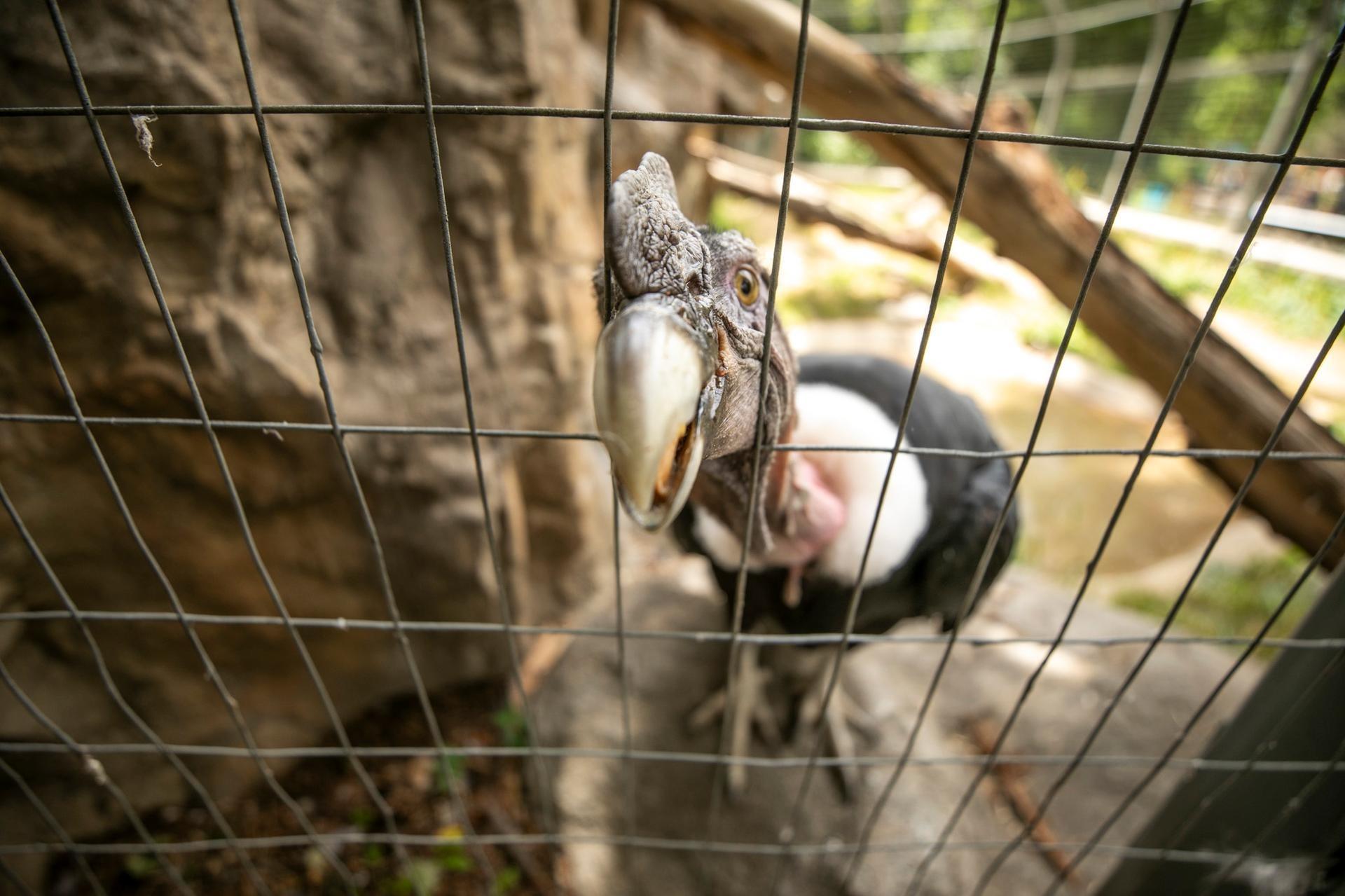
In the Denver Zoo’s aviary, visitors can meet the playful Andean condors Evita and Andy. The enormous birds stand tall on top of the rocks. When Andy jumps toward his human audience, he spreads his wings for everyone to see and pokes his beak through the fence. He’s almost posing.
Seeing him enjoy the attention, it’s easy to forget his beak can tear through bone and his wingspan is almost 8 feet. Condors are some of the biggest and longest-lived birds in the world, living up to 70 years.
And for the Denver Zoo Conservation Alliance, these birds are more than just attractions in a cage. Thousands of miles from Colorado, a team of DZCA researchers has been conducting groundbreaking research — using flying drones to document the nests of Andean condors, deep in the mountains of Peru, in an effort to save the species.
The unusual ornithology started with a conversation.
Henry Tinoco Vega, the DZCA’s environmental advisor for its Peru program, and his team had been working in the Junin and Pasco regions of Peru as part of the organization’s global effort to protect endangered and vulnerable animals.
They were visiting local schools and farming communities to help protect another at-risk animal — the giant frog. But the farmers were more interested in talking about the Andean condors they had seen flying in the high mountain peaks surrounding their towns.
“They told us they didn’t know what condition the birds were in,” Tinoco Vega said in Spanish, “and that there was no interest from government organizations to work in these areas due to how remote and rural they are, so we proposed to do a diagnostic.”
So, Tinoco Vega and his team started studying the condors in 2022. They would go on daily hikes, trying to spot the condors and keeping a record of how many they saw. They walked between five and seven hours up the mountain range each day.
It was physically taxing and the extreme terrain made it difficult to spot the birds, but it paid off. They identified four areas to center their efforts: Mal Paso, Hueghe Lagoon, the Lancari population district and the Quisque Production Unit.
Then they brought in the drones.








